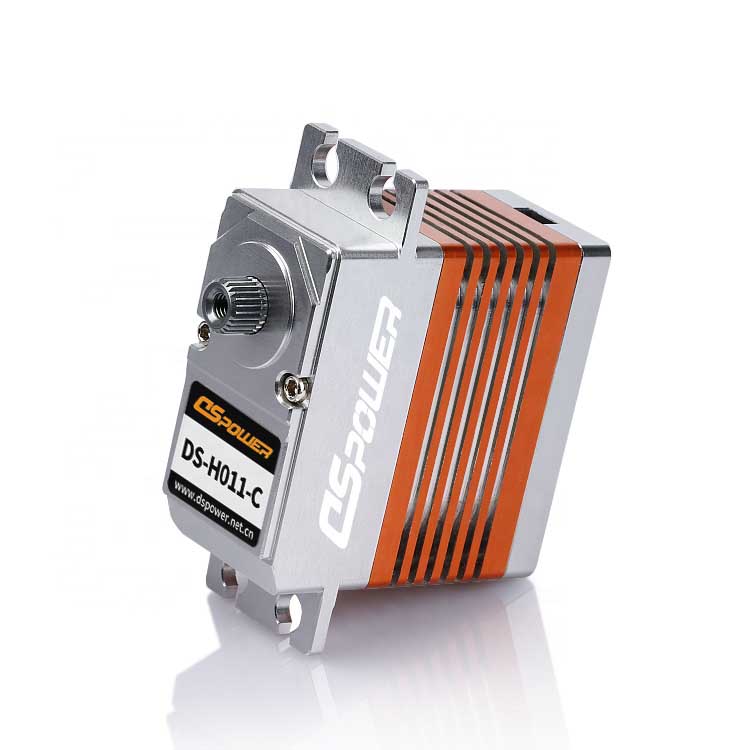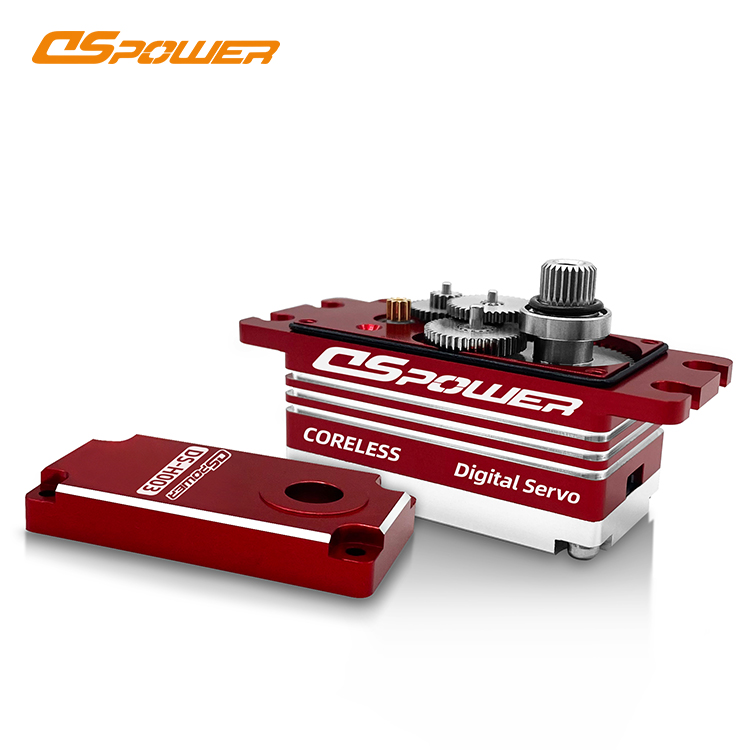A brushless servo, also known as a brushless DC motor (BLDC), is a type of electric motor commonly used in industrial automation applications. Unlike traditional brushed DC motors, brushless servo do not have brushes that wear out over time, which makes them more reliable and durable.
Brushless servos consist of a rotor with permanent magnets and a stator with multiple coils of wire. The rotor is attached to the load that needs to be moved or controlled, while the stator generates the magnetic field that interacts with the rotor’s magnetic field to produce rotational motion.
Brushless servos are controlled by an electronic device, usually a microcontroller or a programmable logic controller (PLC), which sends signals to the servo’s driver circuit. The driver circuit adjusts the current flowing through the coils of wire in the stator to control the speed and direction of the motor.
Brushless servos are widely used in robotics, CNC machines, aerospace, medical devices, and other industrial applications that require precise and fast motion control. They offer high torque and acceleration, low noise and vibration, and a long lifespan with minimal maintenance.
Post time: Apr-08-2023



